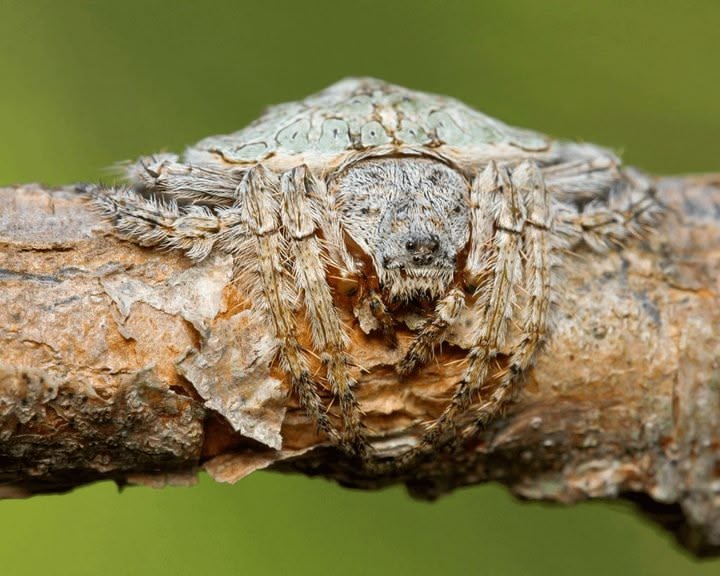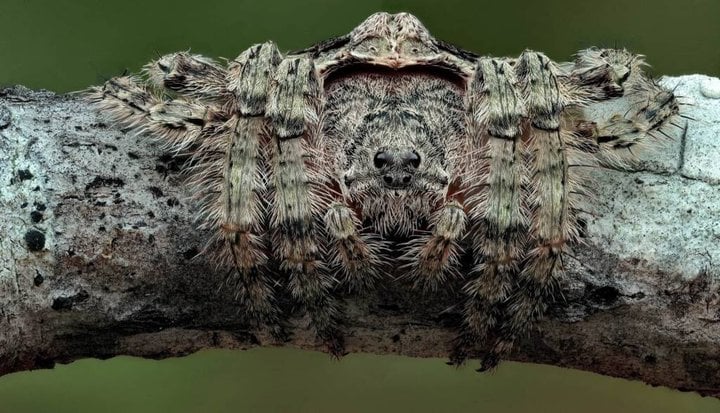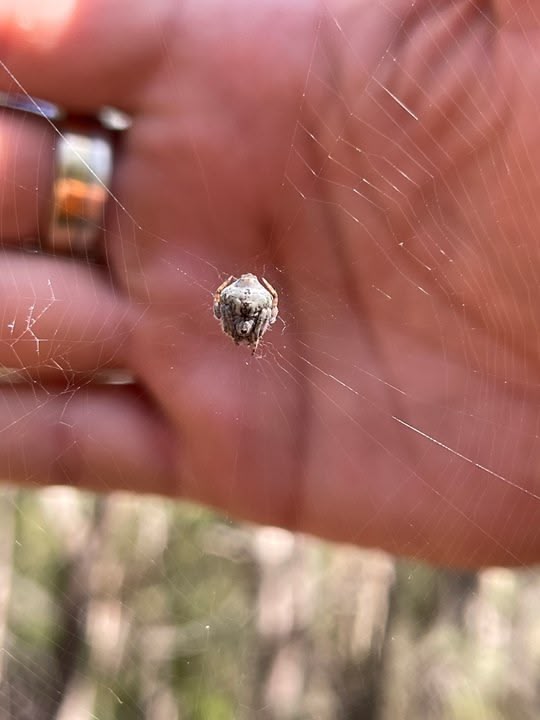Did you know: about the wrap-around spider?
The wrap-around spider, scientifically known as Dolophones conifera, is a fascinating species of orb-weaver spider native to Australia and Oceania. They are renowned for their exceptional camouflage ability, allowing them to blend almost perfectly with tree limbs by flattening and wrapping their bodies around them.
Here's a more detailed look at the wrap-around spider:
Camouflage:
Their distinctive body shape, with an inverted dish-shaped abdomen, allows them to perfectly hug the curves of branches. The patterns on their abdomen, resembling oval discs, further enhance their camouflage, earning them the nickname "leopard spider".
Habitat and Activity:
Wrap-around spiders are primarily found in Australia and parts of Oceania. They are nocturnal, meaning they are most active at night when they spin vertical orb webs to catch prey. During the day, they rest on tree branches in their camouflaged position.
Size and Venom:
Females can reach up to 9mm in length, while males are smaller, around 5-6mm. While they are orb-weavers and possess venom, it is not considered dangerous to humans.
Ecological Role:
As orb-weavers, they play a crucial role in their ecosystem by capturing and consuming insects, helping to regulate insect populations.
Other Species:
The Dolophones genus includes 17 species, all known for their remarkable camouflage abilities
In essence, the wrap-around spider is a testament to the incredible diversity and adaptability of nature, showcasing how animals can evolve highly specialized adaptations to survive and thrive in their environments.
Here's a more detailed look at the wrap-around spider:
Camouflage:
Their distinctive body shape, with an inverted dish-shaped abdomen, allows them to perfectly hug the curves of branches. The patterns on their abdomen, resembling oval discs, further enhance their camouflage, earning them the nickname "leopard spider".
Habitat and Activity:
Wrap-around spiders are primarily found in Australia and parts of Oceania. They are nocturnal, meaning they are most active at night when they spin vertical orb webs to catch prey. During the day, they rest on tree branches in their camouflaged position.
Size and Venom:
Females can reach up to 9mm in length, while males are smaller, around 5-6mm. While they are orb-weavers and possess venom, it is not considered dangerous to humans.
Ecological Role:
As orb-weavers, they play a crucial role in their ecosystem by capturing and consuming insects, helping to regulate insect populations.
Other Species:
The Dolophones genus includes 17 species, all known for their remarkable camouflage abilities
In essence, the wrap-around spider is a testament to the incredible diversity and adaptability of nature, showcasing how animals can evolve highly specialized adaptations to survive and thrive in their environments.







